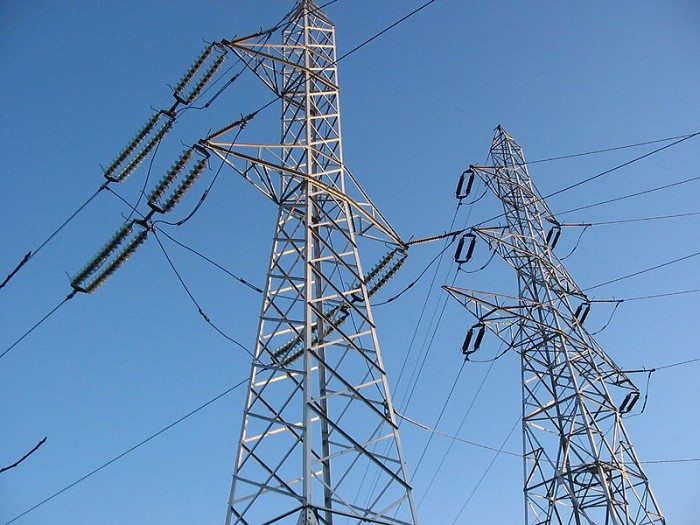Eng. Mustafa M. Ahmed’s presentation in 7th Africa Cementrade Summit; 14-15 April 2015
Established in 2005, the East African Power Pool (EAPP) seeks to provide least cost, efficient, and reliable electricity through interconnected networks in the region. Ethiopia seeks to produce enough power for domestic and sale to the region through the pool. Nevertheless, construction of proposed power lines will be detrimental to pursuing this agenda.
EAPP has 10 member countries, including Ethiopia, Kenya, Egypt, DR Congo, Libya, Rwanda, Tanzania, Uganda and Sudan. It seeks to increase power supply in the region through optimizing energy resources, facilitating financing of integration projects and regional development of electricity market, through an economically and environmentally sustainable manner.
Ethiopia is looking to adding power from various sources, with a number of committed projects up to 2019. This will see it produce power to supply to various counties in the region, as well as for domestic use. In total, the power projects will offer 8,951 MW of renewable power by 2019 (with Wind Power contributing 153 MW; Geothermal, 70 MW; Waste, 20 MW; Bagasse, 584 MW and 8,124 MW from hydro). The planned power plants up to 2019 include the Omakuraz I, II, III, IV, V and VI is a proposed Bagasse power plant that will all add about 220MW of proposed capacity, while Kassem Bagasse plant will add 16MW, Gibe III hydro 1870MW, Genale hydro 254MW and the Grand Ethiopian Renaissance 6000MW.
Ethiopia is hoping to lower the power production cost by reducing thermal generation by 15%. Decrease of these costs will be crucial to lowering tariffs. Hydro sources will by 2019, contribute to 40% compared to the current 25%.
Existing East African Power Pool regional connectivity
Ethiopia is linked to its neighbors through a number of power lines that helped ship 950 GWH in 2014. Ethiopia and Sudan have a 230KV, 290MW Double circuit line connectivity that has helped export a total of 170MW of power from Ethiopia to Sudan.
Ethiopia is also hooked to Kenya through a power distribution line, 33 KV line that provides power to Northern Kenya. 230KV, Double circuit connection between Ethiopia and Djibouti has helped ship 75MW of power from Ethiopia to Djibouti.
Ethiopia sold 580 GWH, 320 GWH and 50 GWH of power to Sudan, Djibouti and Kenya in 2014, respectively.
Ethiopia is seeking to supply power to neighbors as follows
Ethiopia is seeking to supply 2,000 MW of power to Kenya and has entered an agreement to supply 400MW through a bilateral agreement (Power Purchase Agreement), with the remaining to be supplied through long-term trade. Another Power Purchase Agreement is also underway between Ethiopia and Rwanda.
Kenya is also planning to supply 1,520 MW to Tanzania and both are currently negotiating a bilateral agreement (PPA). The country has also signed a deal for construction of a power line to link to Rwanda.
Proposed regional connectivity
The countries in the pool are expected to complete a number of proposed and currently underway power plant projects that will add a total of 37,593MW between 2019-2025, and construction of connecting regional power lines will be critical to distributing this power amongst themselves.
Uganda and DRC have proposed to interconnect through a 220KV power line. The feasibility studies have already been done and the project requires financing at the moment. Financing for feasibility study is required for a 400kV power line connection between Uganda- South Sudan. Financing is also needed for construction of another 220 Kv power line to connect Uganda to Tanzania (Masaka – Mwanza 220KV). The feasibility studies for the project have already been done.
Financing is also needed for the construction of a 500kV AC & 600kV DC line to link Ethiopia-Sudan–Egypt. The feasibility studies have already been completed. Finances for feasibility study of the 230 kV line between Ethiopia and South Sudan.
Other proposed transmission lines include a 220KV Uganda –DRC Interconnection; 500 – 800 MW Tanzania-Uganda line; 300 – 500 MW line between Uganda and DRC; 389 – 500MW connection line between Uganda – South Sudan; 300 MW line between DRC – Rwanda while a 300MW line will be constructed to link Rwanda to Tanzania.
Mustafa is a Power Engineer at Eastern Africa Power Pool

